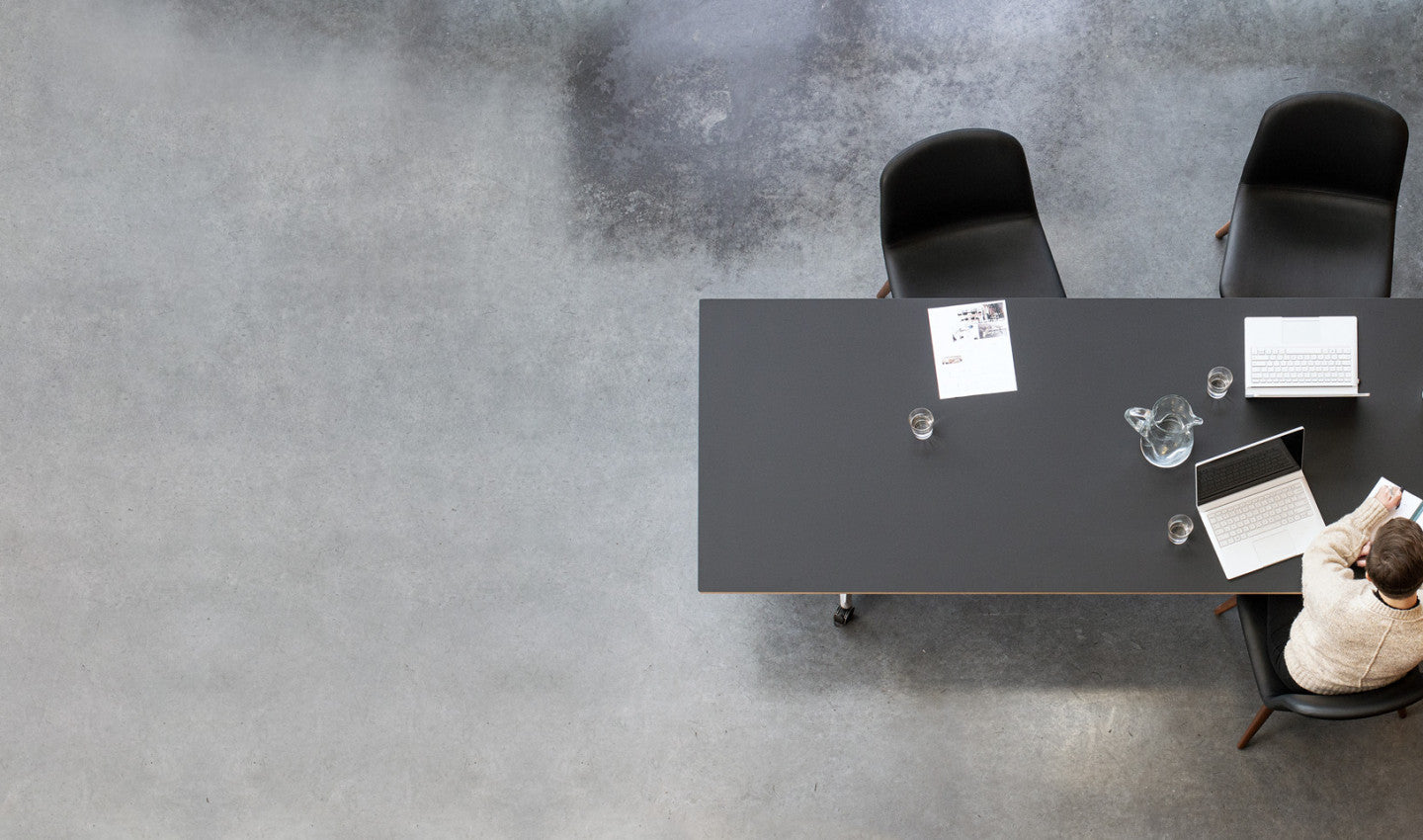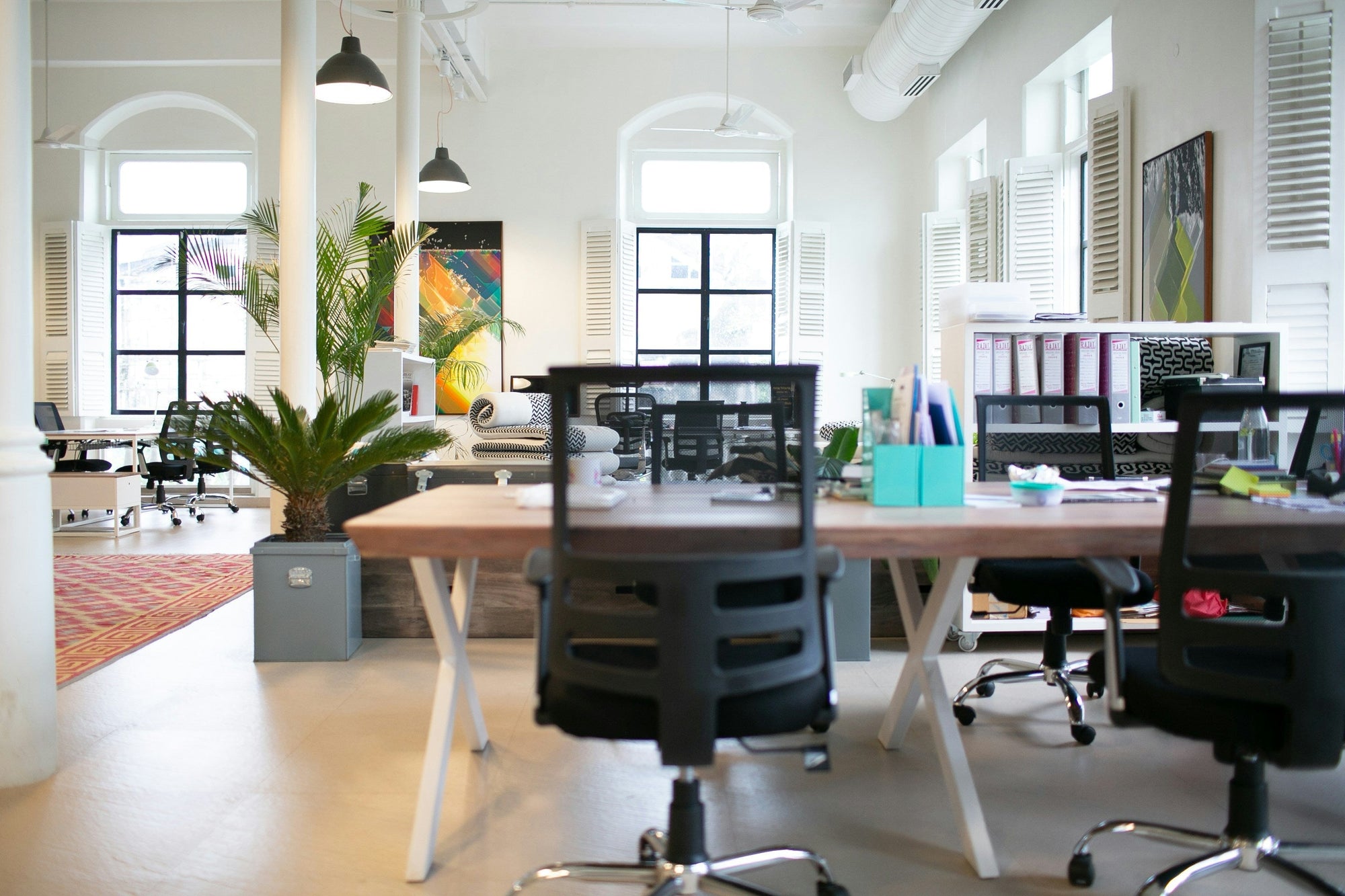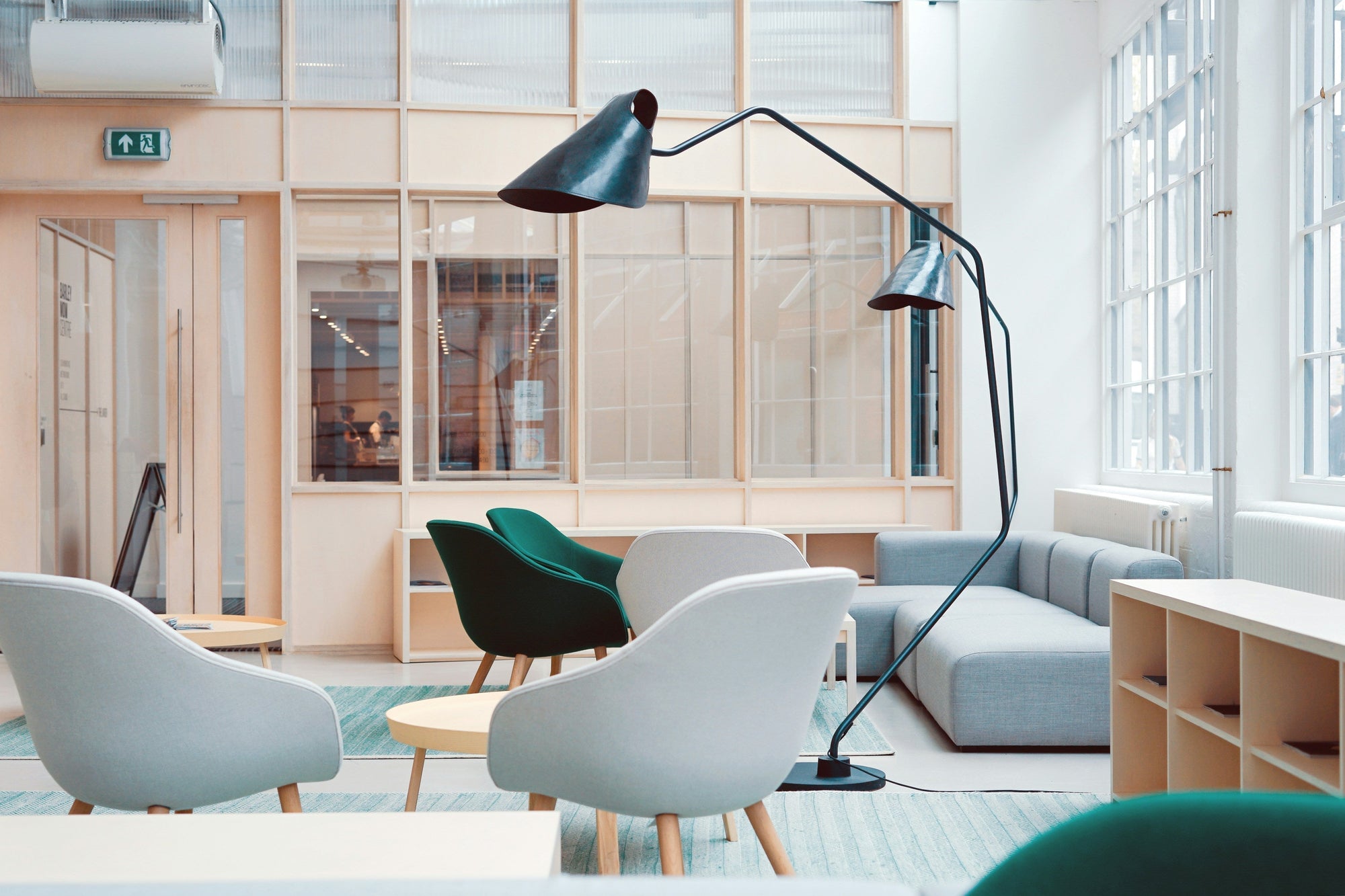Choosing office furniture involves considering various materials that impact durability, aesthetics, and functionality. Here's a breakdown of common materials used in office furniture:
-
Wood:
- Solid Wood: Known for its durability and natural beauty, solid wood furniture adds a timeless and elegant touch to office spaces.
- Veneer: Thin layers of real wood applied to composite or plywood cores, offering a polished look at a more affordable price point.
- Engineered Wood: Utilizes wood fibers and adhesives to create sturdy and cost-effective furniture pieces suitable for diverse office environments.
-
Metal:
- Steel: Provides strength and stability, commonly used in desks, file cabinets, and shelving units for their durability and industrial appeal.
- Aluminum: Lightweight yet robust, aluminum is favored for furniture frames, legs, and accents due to its corrosion resistance and modern aesthetic.
-
Plastic:
- Polypropylene: Durable and easy to clean, polypropylene is used in chairs, storage bins, and modular furniture for its versatility and affordability.
- Acrylic: Offers a sleek, transparent finish suitable for modern office environments, often used in chairs, desks, and decorative accents.
-
Upholstery:
- Fabric: Provides comfort and warmth, fabric upholstery is common in office chairs and seating options, offering a wide range of colors and textures.
- Leather: Known for its luxurious look and durability, leather upholstery adds a sophisticated touch to executive chairs and lounge seating areas.
-
Glass:
- Tempered Glass: Offers strength and safety, tempered glass is used in tabletops, partitions, and decorative elements to create a sleek and transparent aesthetic.
- Frosted Glass: Provides privacy and diffused light, frosted glass is utilized in office dividers and doors for its decorative and functional properties.
Considerations When Choosing Materials:
- Durability: Assess the material's resistance to wear, scratches, and stains to ensure longevity in high-traffic office environments.
- Aesthetics: Determine how the material aligns with your office decor and brand identity, considering color options, finishes, and textures.
- Maintenance: Evaluate ease of cleaning and upkeep requirements to maintain a clean and professional workspace.
- Environmental Impact: Opt for sustainable materials and certifications (e.g., FSC-certified wood, recycled content) to support eco-friendly office practices.
Conclusion:
By understanding the characteristics and applications of different materials used in office furniture, businesses can make informed decisions that enhance functionality, aesthetics, and sustainability in their workspace. Whether prioritizing durability, design flexibility, or environmental responsibility, choosing the right materials contributes to a productive and visually appealing office environment.







